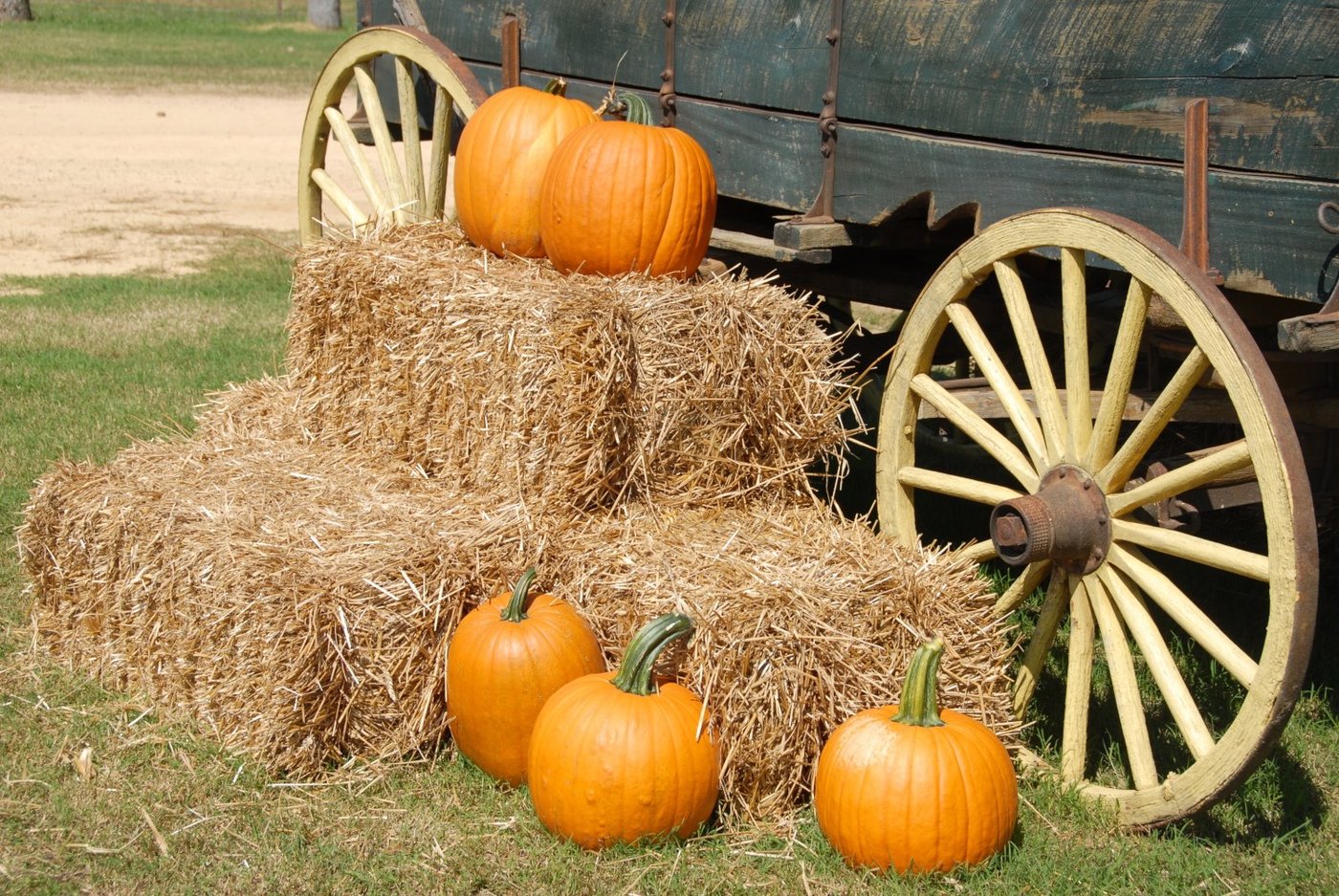Rocchetta di Cengio, part of the municipality of Cengio in the province of Savona, on the border between Liguria and Piedmont. Location known for its pumpkins, but not only, it can boast several De.Co products. September can be a good time to visit it and taste the Rocchetta pumpkin risotto, but also the incomparable sweet pancakes, also these De.Co product. because of a centuries-old tradition.
Among the De.Co. the place must also be remembered the "Moco" of the Bormida Valleys, a legume that has ancient roots that date back to the Bronze Age.
Traditional the Festa del Moco in Fiore at the beginning of June and the "beating" of September.
The "Moco" of the Valli della Bormida
a legume…. Ancient
it was already consumed in the Bormida Valley from the Bronze Age (2000 BC)
always considered "poor food", today thanks to a Slow Food project it is back on the tables.
This legume, now produced by De.Co. di Cengio was certainly still cultivated in Val Bormida at the end of 1800 (traces up to 1942) and cultivation was widespread in many municipalities of the Valley, in particular on the heights of Cairo M.tte, and in Cengio.
Testimonies of elderly people report how this legume was grown precisely in the years of greatest famine, which did not require special care and which came from the then children and young people "grazing" eaten raw still green, freed from the pod.
Research has led to the belief that our Moco is a variety of Cicerchia (Lathyrus sativus) a native species native to the Mediterranean basin, with a remarkable rusticity and resistance to dryness, often destined for poor soils and in some agricultural texts we find also the term Moco associated with Lathyrus cicera.
Carmelo Prestipino (historian) recently reported that Lathyrus cicera was present in the Bormida Valley as early as the Bronze Age (second millennium BC) in the book "Bric Tana and Valle dei Tre Re" on p. 75, which literally says: "In addition to cereals, including at least two different forms of wheat, barley and millet / panic, legumes were cultivated, certainly including broad beans and Lathyrus cicera."
With the 2015 production came the characterization sheet made by the Experimentation and Agricultural Assistance Center, the special company of the Chamber of Commerce, Industry, Crafts and Agriculture of Savona. accompanied by the relative nutritional card.
From the work developed up to now, a good content of dietary fiber, a fair amount of protein, a good content of mineral salts (especially iron, manganese, phosphorus and potassium) and an interesting content of folic acid and B vitamins emerge.
In the kitchen it is excellent for soups, soups and with its fresh pasta flour, desserts and farinata.


